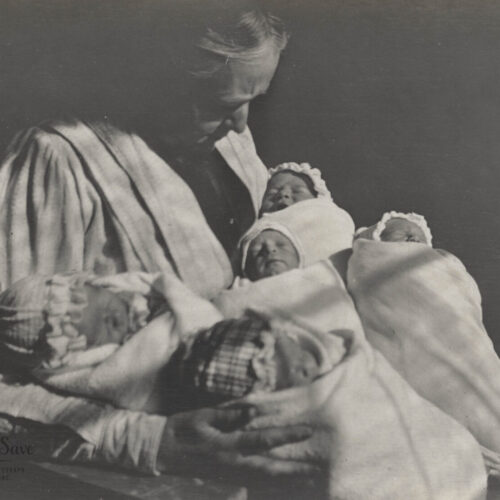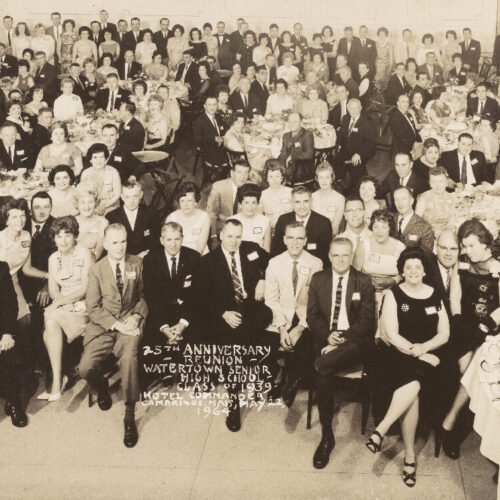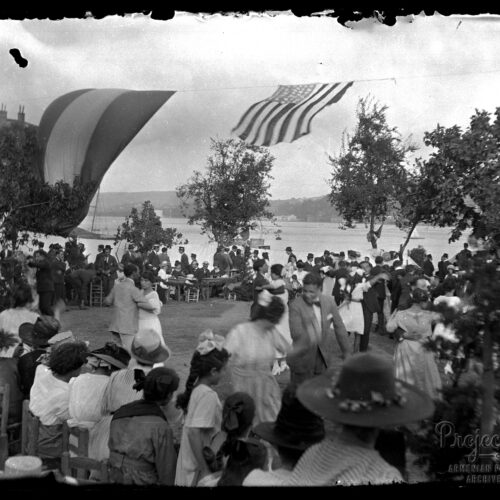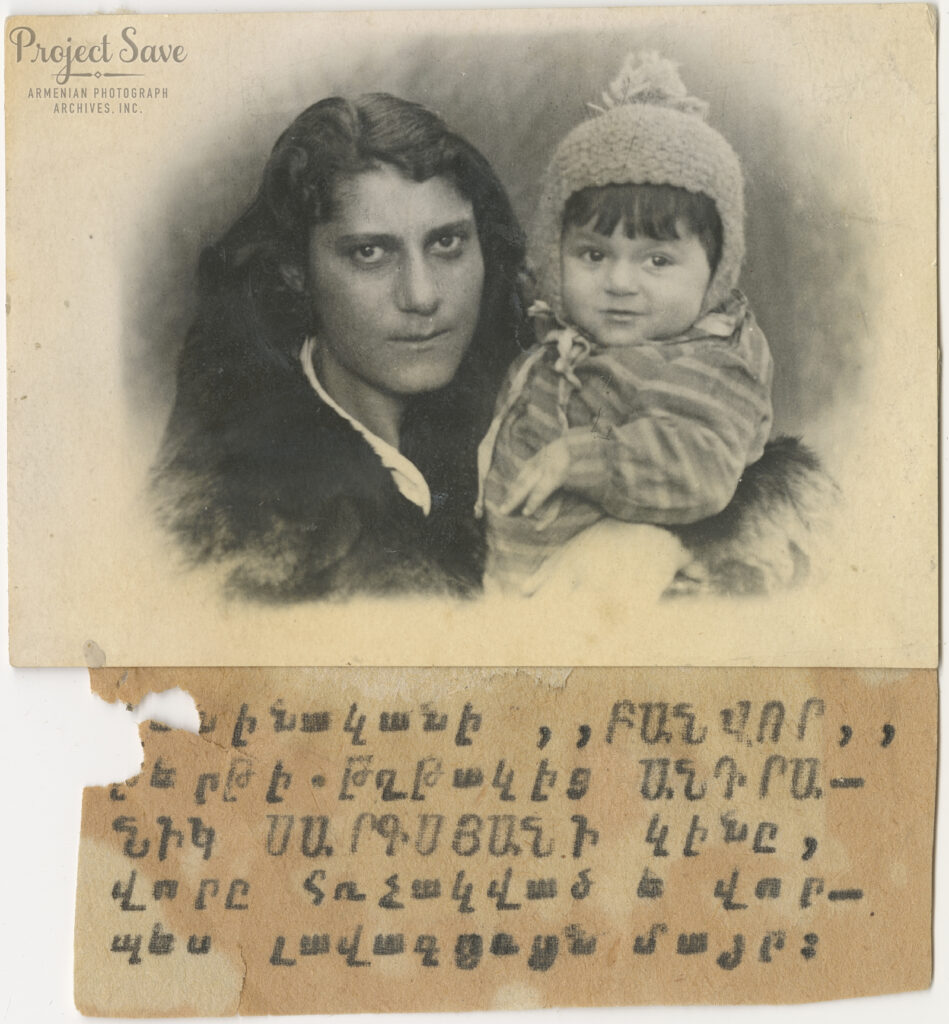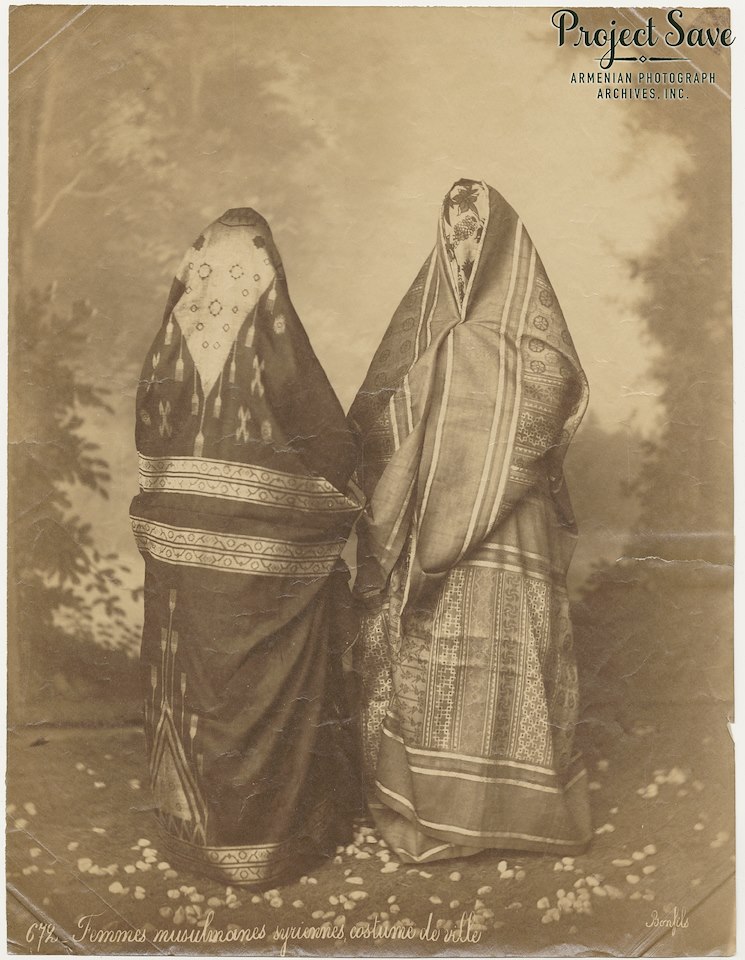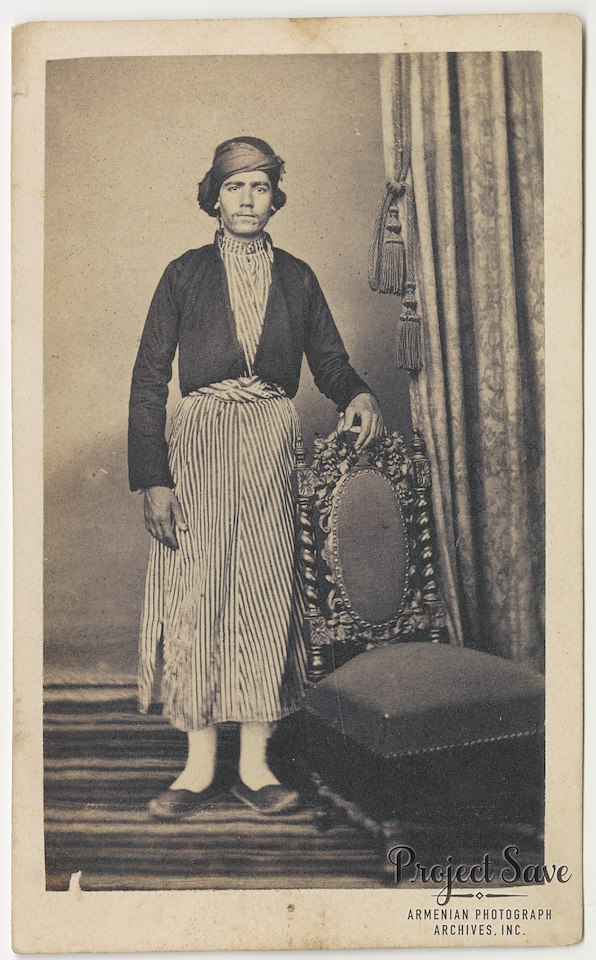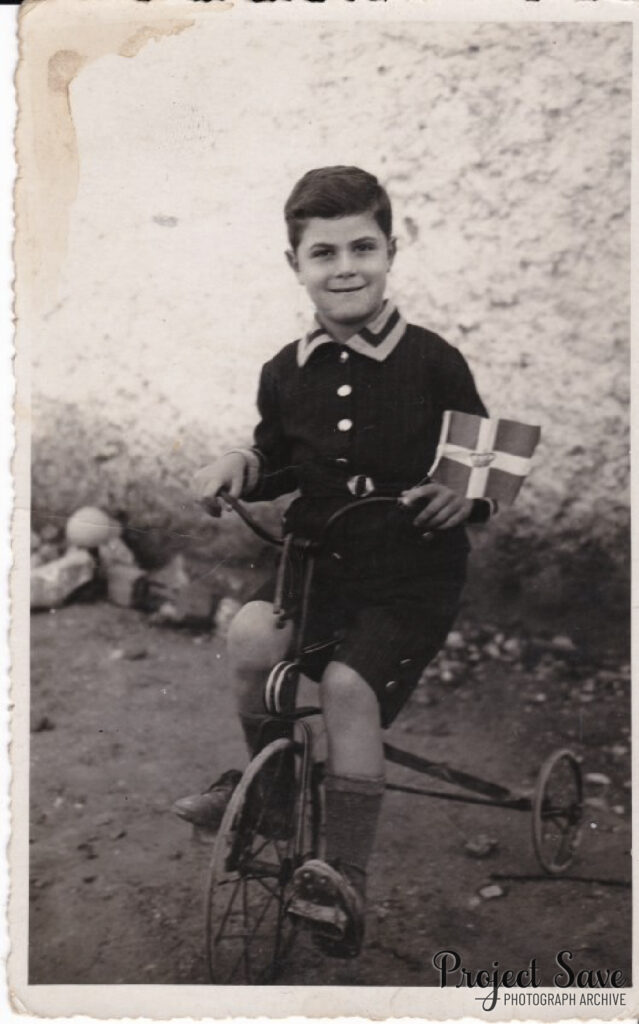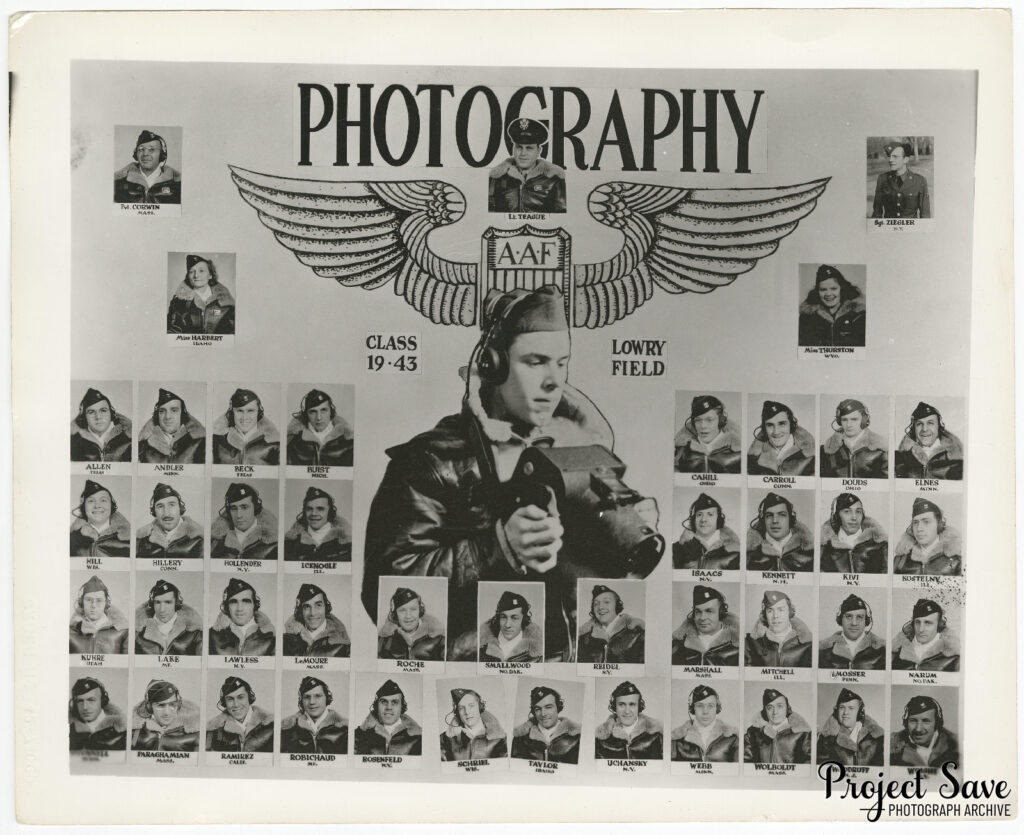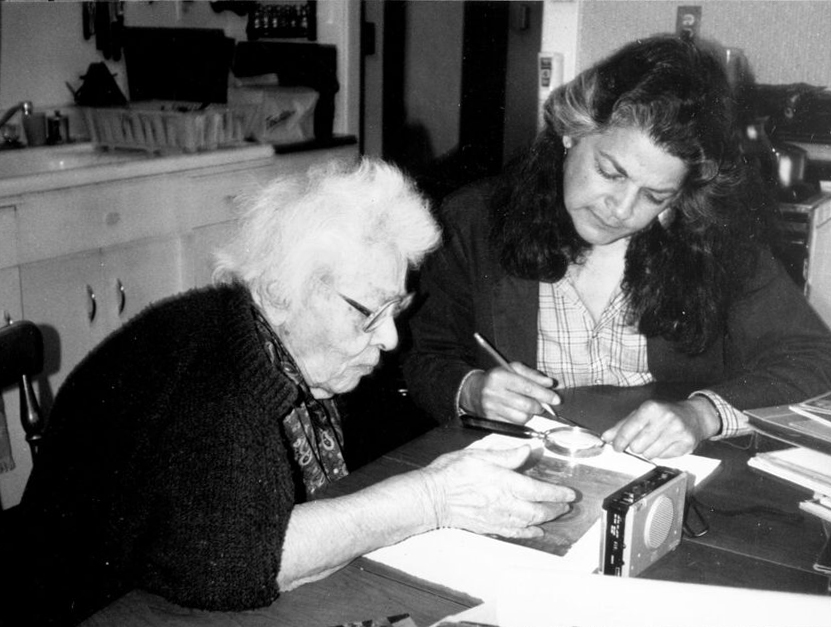Original vintage albumen prints documenting the 19th-century Ottoman Empire, mostly Constantinople, c. 1870s to 1900s. The photographs depict typical Orientalist subject matter such as architectural ruins like the Aqueduct of Valens, Walls of Constantinople, and ethnographic types. Photographs also include views of the Bosporus, Topkapı Palace, and views of Brusa, among others. Many of the photographs are from the studio of Armenian photographers Pascal Sebah (and the later studio iteration Sebah and Joaillier), the Abdullah Frères and Gülmez Frères. Other photographs include Basile Kargopoulo (Greek), Guillaume Berggren (Swedish), and Félix Bonfils (French).
Album of photographs, Peoples of the Ottoman Empire 92 carte de visite albumen silver print photographs in an album. The photographs are by Abdullah Frères, Pascal Sebah, C. D. Philippides, Conrad (Russian), and some are by unknown photographers. The album belonged to Kate P. Williams of Mardin, Turkey, 1871. Album is comprised of ethno-photography studio portraits showing peoples of the Ottoman Empire in the 19th century: Arabs, Albanians, Armenians, Circassians, Egyptians, Greek, Gypsies [Roma], Kurds, Moslems [sic], Persians, Syrians, Turks, etc. as well as different social classes: beggars, water carriers, Maronites, priests, cameleers and more. Most photographs are 4 1/4 x 2 1/2″ in size. Portraits of historical figures include: Sultan Abdulaziz Sultan Mohammed Murad V Huseyin Avni Pasha Omar Pasha Latas Mehmed Emin Aali Pasha Tewodros II.


